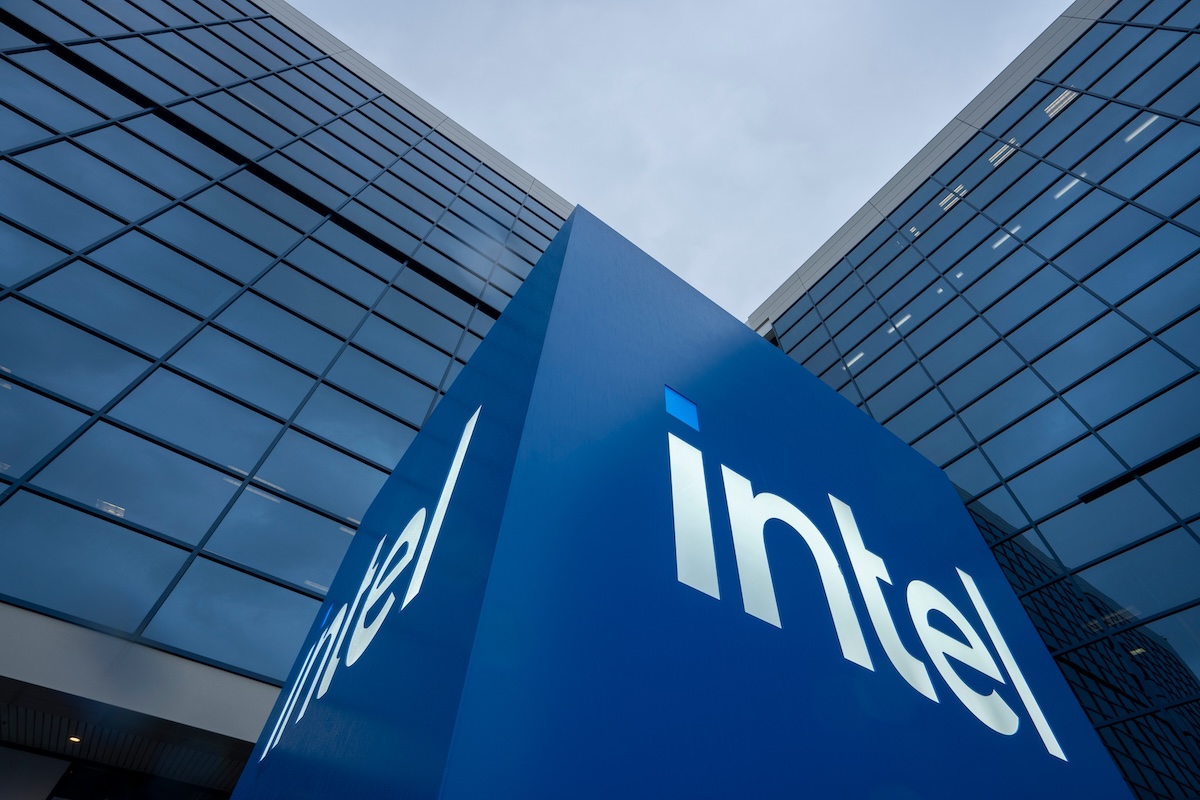
When Intel (INTC) announced in April that it was laying off 20% of its workforce, it was positioned as a way to reduce interoffice bureaucracy and “streamline management and rebuild an engineering-driven culture,” as Bloomberg reported.
This was one of the first major moves by CEO Lip-Bu Tan after taking over the struggling company in March.
But it appears that not even engineers are spared from the chopping block, despite Intel’s desire to build a culture driven by engineers.
The company is reportedly laying off another 4,000 employees across Oregon, Arizona, California, and Texas.
And the number includes 302 module development engineers, 126 module engineers, and 88 process integration development engineers.
Intel increased its planned layoffs in Oregon to a total of 2,392 from 529 previously, according to local media outlet The Oregonian, citing a state filing.
The layoffs also include 584 employees in California.
Intel is also reportedly cutting hundreds of jobs in Israel as well, something it had avoided doing since it received a $3.2 billion grant from the Israeli government in 2023 for a $25 billion chip plant in the southern part of the country.
The continued downsizing could actually pale in comparison to what might be Tan’s bigger plan to shakeup the company.
Reuters reported earlier this month that Tan is seeking to abandon Intel’s plans to sell 18A and its variant 18A-P to external customers, which had been deemed crucial to making its Intel Foundry business profitable.
Instead, Intel would be offering outside customers “a newer generation of technology” that can help it try and land major clients like Nvidia (NVDA) and Apple (AAPL), while competing against rivals like Taiwan Semiconductor Manufacturing (TSMC).
This would be a dramatic pivot for its manufacturing business.
After having already invested billions in the process, Intel would be taking a write-off.
Intel has not commented on the Reuters report.
However, analysts at Keybanc said in a research note “that the reported plan to skip 18A seems unlikely, as the process appears to be competitive with Taiwan Semiconductor’s current manufacturing technology,” as Barron’s reported.
The Reuters report said that Tan was interested in ramping up Intel’s resources into its next-gen 14A chip, but Keybanc noted that “14A isn’t expected to reach mass production until late 2027 at the earliest.”
Meanwhile, UBS analyst Timothy Arcuri seemed to express confidence in Tan’s steering of the ship, but also noted the significant challenges facing Intel.
“We have indicated ‘light’ at the end of the tunnel, but it is a long tunnel and we remain on the sidelines given Intel’s challenged fundamentals across both the Product and Foundry businesses, which may be further exacerbated by tariff-related headwinds,” Arcuri wrote in a research note on Sunday.
He maintained a “neutral” rating on Intel’s shares.
Intel’s stock is up 16.2% for the year.
Your email address will not be published. Required fields are markedmarked